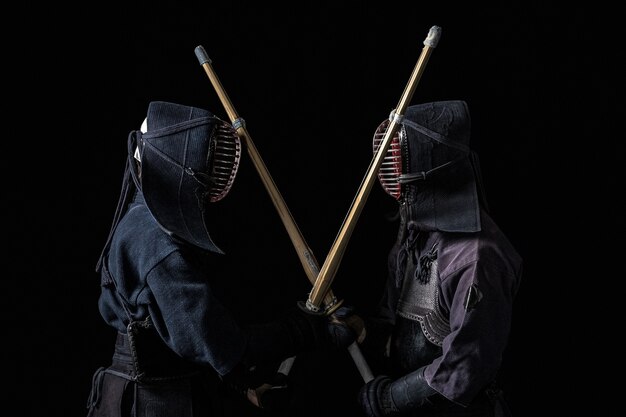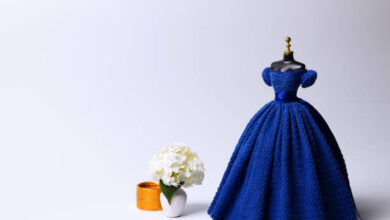Katana vs Samurai Sword: Understanding the Differences and Similarities

The katana and the samurai sword are terms often used interchangeably, but do they truly refer to the same weapon? While the katana is a type of samurai sword, the broader category of Japanese samurai swords encompasses various designs, each with its unique characteristics and purposes. In this article, we will explore the distinctions and overlaps between the katana and other samurai swords, diving into their history, craftsmanship, and cultural significance.
What Is a Samurai Sword?
A Japanese samurai sword is a broad term that refers to the range of swords used by the samurai class in feudal Japan. These swords were not just tools for combat but symbols of a samurai’s honor, discipline, and social status. They were crafted with precision and imbued with cultural significance, making them both functional weapons and works of art.
The Katana: The Quintessential Samurai Sword
The katana is perhaps the most famous type of samurai sword. Known for its curved, single-edged blade, long grip, and sharp cutting edge, the katana was designed for quick-draw combat and cutting efficiency. It emerged during the Kamakura period (1185-1333) and quickly became the weapon of choice for samurai warriors.
Key Features of the Katana:
- Blade Length: Typically 60-80 cm (23-31 inches).
- Curvature: A pronounced curve that enhances cutting ability.
- Grip: Long enough to accommodate two-handed use.
- Purpose: Optimized for slashing and quick-draw techniques.
The katana’s design made it ideal for close combat, especially in situations requiring speed and precision. Its lightweight yet durable construction allowed samurai to execute swift, powerful strikes.
Other Types of Samurai Swords
While ther real Japanese katana is the most well-known, other types of samurai swords played significant roles in the lives of Japan’s warriors. Some notable examples include:
1. Tachi
The tachi predates the katana and is characterized by its greater curvature and longer blade. It was designed for mounted combat, allowing samurai to deliver devastating slashing attacks from horseback.
2. Wakizashi
The wakizashi is a shorter sword often paired with the katana to form a daisho (a two-sword set). The wakizashi served as a backup weapon and was also used for ceremonial purposes, including seppuku (ritual suicide).
3. Tanto
The tanto is a small dagger with a straight or slightly curved blade. It was primarily used for self-defense or close-quarters combat and sometimes served as an ornamental accessory.
4. Nodachi and Odachi
These are large, two-handed swords with long blades. The nodachi and odachi were used for open-field battles and showcased the skill of their wielder. Their size made them less practical for close combat but highly effective in large-scale warfare.
Katana vs Other Samurai Swords
Although the katana is a type of samurai sword, its design and usage set it apart from other swords in the samurai arsenal. Here’s how the katana compares:
1. Design and Size
- Katana: Medium-length, lightweight, with a gentle curve.
- Tachi: Longer and more curved, designed for horseback combat.
- Wakizashi: Shorter, used as a companion to the katana.
- Nodachi/Odachi: Much larger, designed for battlefield use.
2. Functionality
- Katana: Ideal for one-on-one combat and quick-draw techniques.
- Tachi: Best suited for slashing from horseback.
- Wakizashi: Versatile and effective for close-quarters combat.
- Tanto: Useful for personal defense and ceremonial purposes.
3. Cultural Significance
While all samurai swords hold cultural and symbolic value, the katana’s association with the samurai’s soul gives it a special status. The daisho (katana and wakizashi pair) symbolizes the dual nature of a samurai—a warrior and a person of honor.
Craftsmanship: Common Threads
Despite their differences, all samurai swords share a common heritage of meticulous craftsmanship. Traditional swordsmithing involves:
1. Tamahagane Steel
All authentic samurai swords are made from tamahagane steel, valued for its purity and durability.
2. Folding and Forging
The folding process removes impurities and creates a blade with exceptional strength and flexibility.
3. Differential Hardening
The application of clay to the blade before quenching results in a hard edge and a softer spine, enhancing the sword’s cutting ability and resilience.
4. Polishing
The final step involves weeks of polishing to sharpen the blade and reveal its unique patterns, such as the hamon.
Modern-Day Significance of Samurai Swords
Today, samurai swords, including the katana, are treasured as cultural artifacts, collectibles, and tools for martial arts training. They remain symbols of Japanese heritage and craftsmanship.
1. Martial Arts
Disciplines like kendo, iaido, and kenjutsu teach the art of swordsmanship, preserving the techniques and philosophies of the samurai.
2. Collecting
Authentic samurai swords are sought after by collectors and museums. Their historical and artistic value makes them prized possessions.
3. Pop Culture
Samurai swords have a lasting impact on global pop culture, featuring prominently in movies, anime, and video games. The katana, in particular, is often depicted as a weapon of heroism and honor.
Conclusion
The katana and other samurai swords are more than just weapons; they are embodiments of Japan’s rich history and cultural identity. While the katana stands out as the quintessential samurai sword, each type of sword has its unique role and significance. Whether as a functional weapon, a piece of art, or a cultural symbol, the Japanese samurai sword continues to inspire awe and admiration worldwide.

